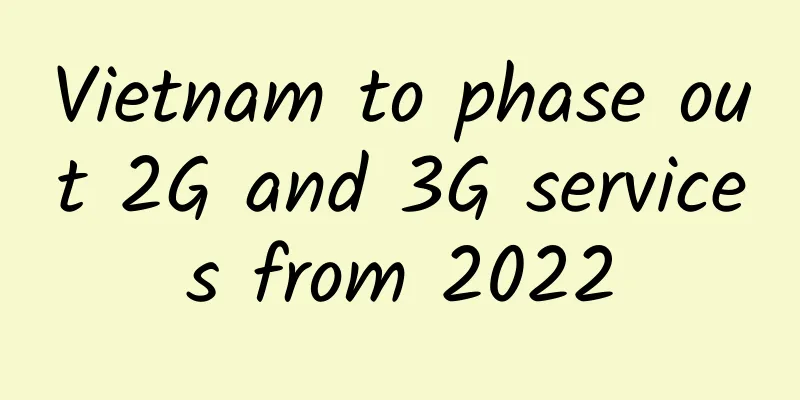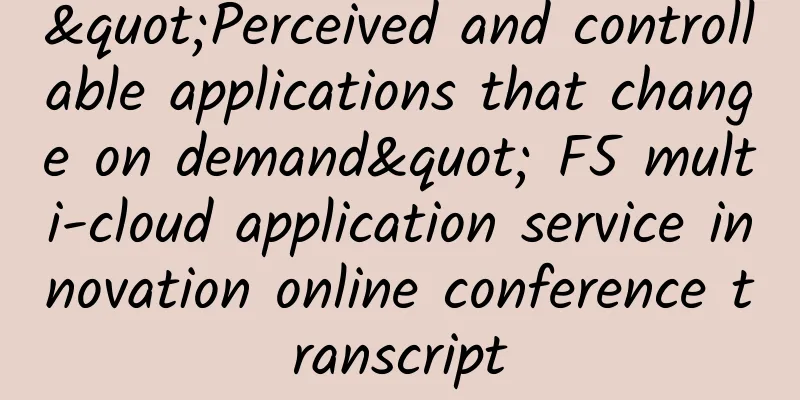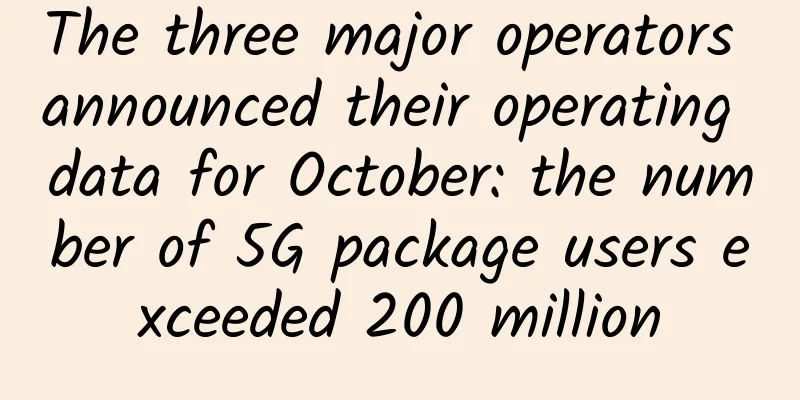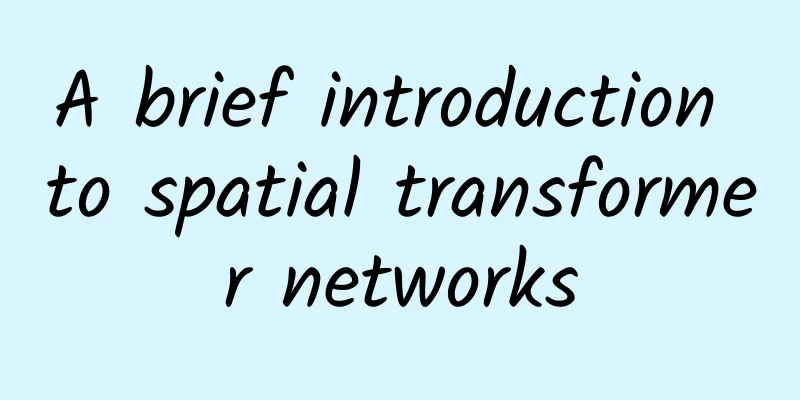5G Capacity Expansion Benchmark Study Based on User Service Perception

|
The formulation of the cell capacity baseline in the network includes the following factors: scenario, traffic, resource utilization, user capacity, etc. The capacity baseline in the traditional sense is based on the starting point of the cell's key indicators as the expansion threshold. The relationship between the expansion threshold and user service perception satisfaction is the research goal of this topic. We need to combine the wireless resource capacity capability with user service perception, comprehensively evaluate the cell capacity capability, improve user service experience, and stimulate rapid growth of network traffic. Study the balance of uplink and downlink rates and wireless performance satisfaction of typical services in large, medium and small packet scenarios under high load. The video categories in high-load large, medium and small packet scenarios are studied, and the corresponding relationship between video service perception and wireless KPI baseline is obtained by correlating different classification dimensions (ratio of long and short videos, ratio of resolution, etc.) with wireless load. Study the relationship between the proportion of vEMI perceived by typical video services and the corresponding rate and resolution of the wireless environment (good, medium, and poor), as well as the key monitoring indicators for capacity expansion corresponding to 80% satisfaction of vEMI. Study the relationship between scheduling capability, perceived satisfaction with video services, number of users (average number of activated and connected users), and capacity expansion KPI baseline in high-load small packet scenarios. Find out the business distribution and characteristics in different scenarios The uplink and downlink busy periods are inconsistent, so the uplink and downlink busy periods need to be counted separately. The uplink and downlink capacities are unbalanced, and the uplink capacity of a certain proportion of cells is limited in advance. The downlink needs to focus on video services, and the uplink needs to focus on instant messaging services. Provides baseline standards for mapping expansion KPI indicators based on mainstream video service experience, and provides recommended baseline standards for different frequency bands Based on VEMI-Q=3.0 as the benchmark, the inflection point of the perceived busy-hour traffic baseline in different scenarios of large, medium and small packets arrives earlier than the group standard. Small packets are 40GB, medium packets are 60GB, and large packets are 70GB. Taking video service perception satisfaction VEMI-Q=3.0 as the baseline, the perception of cells with large, medium and small packets of activated users drops sharply around 45 users for large packets, 60 users for medium packets and 70 users for small packets. As the number of PRBs increases, the VEMI-Q of large, medium and small packet cells all show a downward trend; taking the video service perceived satisfaction VEMI-Q=3.0 as the baseline, the PRB utilization needs to meet the requirements of 40% for small packets, 50% for medium packets and 60% for large packets. Video services are limited by the downlink service channels and uplink CCE scheduling capabilities. Therefore, if one of the following conditions is met, the video user perception may be affected:
Typical video service experience corresponding to the wireless network impact test verification conclusion
Comparison of statistics on expanded cells The high-load cells of 2.6G and 700M macro base stations in a certain city were counted using the group standard and the perception standard, and the impact of the two standards on the number of high-load cells was compared:
Traditional network operation and maintenance is mainly based on network-level KPIs, which cannot be associated with user service experience, making it difficult to optimize perception problems and match cell capacity. A large number of real-life cases and statistical data show that excellent network-side performance indicators do not mean user satisfaction and good experience, and user subjective evaluation represented by satisfaction evaluation is a post-evaluation under the cumulative effect of multiple factors. In the network large, medium and small packet scenarios, the proportion of user services carried by the cell will be different, and the service satisfaction requirements provided by the cell performance will also be different. According to statistics of mobile Internet users in 2022, the usage rate of online videos (including short videos) is as high as 95%, accounting for 63% of the total network traffic. The average daily usage time of short videos on Douyin and Kuaishou is more than 100 minutes, which has surpassed instant messaging applications and is growing rapidly. If the video service is stuck, 56% of users will give up video playback, and complaints will be made if the experience is not good for a long time. The traditional 5G expansion standard is based on base station KPIs, which cannot accurately evaluate user perception experience. There will be scenarios where user perception in a cell is poor but has not yet reached the expansion threshold. The traditional service perception evaluation system is provided by a big data platform, and the wireless side cannot be independently built, making cross-domain collaboration difficult. The 5G perception expansion standard takes the future mainstream 1080P service as the perception baseline, combines the video service KPI with the user experience KQI, and obtains a set of universal expansion thresholds for all scenarios in the existing network, which can more accurately and quickly find cells with limited perception. This standard combines wireless resource capacity and user service perception to comprehensively evaluate cell capacity. Scenario-based statistics show that the uplink and downlink busy hours are inconsistent, which tells us that to determine the busy hours, we should consider the busy hours separately for uplink and downlink, so as to accurately describe the limited uplink and downlink perceived capacity of the cell. Based on the judgment of the perceived capacity baseline limitation, we should also change the expansion concept, that is, expand the upstream and downstream capacity on demand. For example, the implementation strategy of upstream and downstream expansion should be combined with the equipment form provided by the manufacturer to select the expansion solution with the highest cost performance. |
<<: A brief discussion on Bluetooth mesh technology and its application in smart home field
>>: How to enable owners and facility managers to realize smart buildings
Recommend
RepriseHosting: 30% off Seattle servers, L5640/16GB/1TB/10TB starting at $27/month
The tribe has shared information about RepriseHos...
IEEE technical white paper officially released, lossless network research enters a new stage
Recently, the "IEEE 802 Nendica Report: The ...
LOCVPS Hong Kong VPS is 30% off and starts from 25.9 yuan/month, with BGP optimized lines in Hong Kong Tsuen Wan/Tai Po/Yundi/MG and other data centers
LOCVPS has released a 30% discount code for all V...
Don’t let digital experience get in the way of your business strategy
Do you remember the last time you expressed your ...
Why has 5G, which is on the cusp of the trend, not really exploded yet?
Recently, according to foreign media LADbible, th...
Emergen research: By 2028, the global IoT chip market is expected to reach US$34.74 billion
March 16 news, recently, a report released by mar...
Is 5G the missing piece of the digital twin puzzle?
In this always-connected digital age, 5G technolo...
Huawei Cloud 828 Cloud Festival: Cloud Server Flash Sale Starting from 69 Yuan/Year
Huawei Cloud launched a new promotion at the begi...
Dapr Practice in Alibaba Cloud Native
What is Service Mesh? Since 2010, SOA architectur...
Federal Aviation Administration: Allowing aircraft to land at airports affected by 5G
Recently, the CEOs of some large passenger and ca...
DiyVM: Hong Kong/Japan/Los Angeles data center CN2 line VPS monthly payment starts from 50 yuan
You may think that the price starting from 50 yua...
my country will promote 5G national standards in 2017 to speed up research and development and seize the right to speak in the industry
[[181162]] At the arrival of the new year, China&...
It’s time to stop saying “5G is useless”! 5G is the world’s “new oil” and will give rise to nine major industry trends!
[[336158]] This article is reprinted from the WeC...
HTTP 2.0 Interview Pass: Mandatory Caching and Negotiated Caching
[[413787]] This article is reprinted from WeChat p...
IDC: Global Ethernet switch and router markets mixed in the second quarter
According to the Ethernet Switch and Router Quart...









